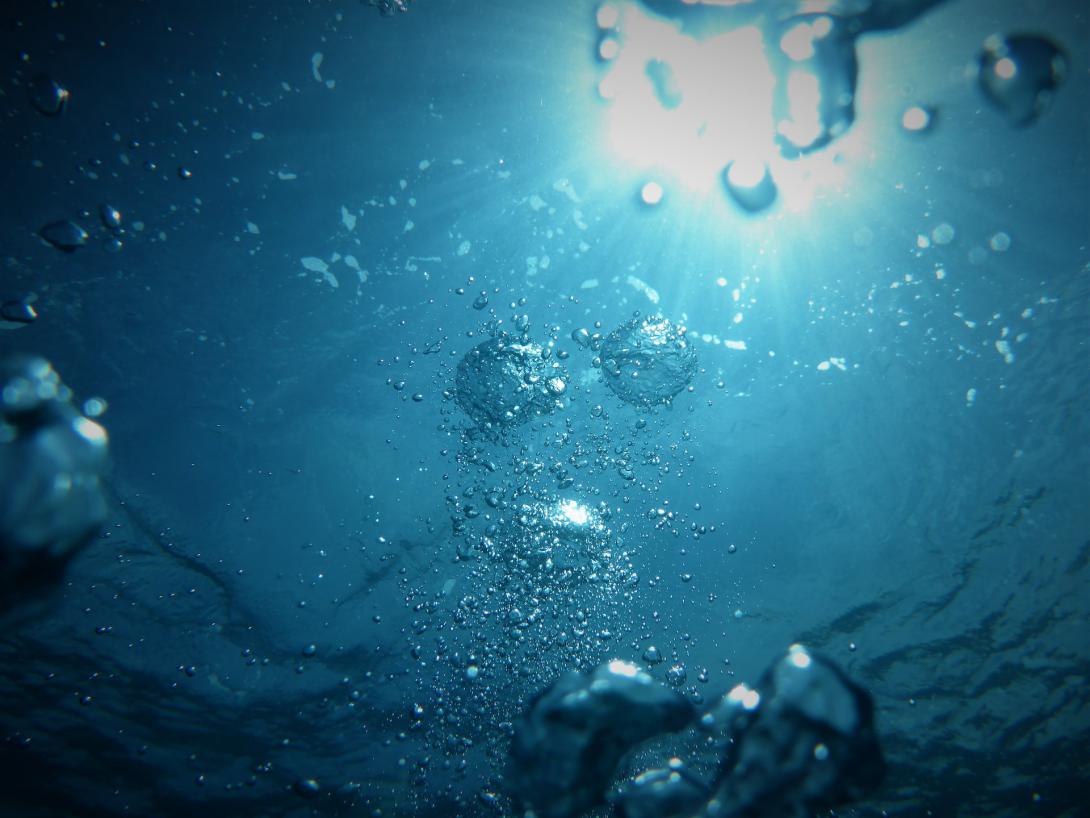
Unlike chemical sterilization which sometimes allows bacteria to develop resistance, ultraviolet irradiation acts directly on the genetic structure at the DNA level.
A germicidal lamp that emits ultraviolet radiation at 254 nm operates very close to the optimal wavelength for maximum absorption by nucleic acids. The destruction of the genome by radiation inactivates bacteria and viruses, preventing their proliferation. Microorganisms differ in their sensitivity to UV light. This variation may be due to the structure of the cell wall, its thickness and its composition; the presence of proteins that absorb UV or differences in the structure of the nucleic acids themselves. Waterborne diseases can be caused by a large variety of pathogenic microorganisms.
The disinfection of water with UV must ensure a minimum dose to cover this large variation in sensitivity. A 99.9% reduction of E. coli requires a dose of 7,000 microwatts / cm2, while a similar reduction of protozoa cysts requires a dose of approximately 105,000 microwatts / cm2.
The UV dose is defined as the product of the intensity of radiation multiplied by the contact time and corresponds to the amount of UV energy per unit area in the unit of time, measured in microwatts per square centimeter per second. Survival curves demonstrate the susceptibility of a specific organism to different UV doses.
Factors for effective water debacterization
The effective dosage of UV is reduced by the absorption of radiation as it passes through the water.
The transmittance is defined as the percentage of UV energy that will pass through 1 centimeter of water.
The UV Disinfection Committee of the National Foundation for the Safeguarding of Public Health (NSF-USA) has suggested that drinking water should have a UV transmission greater than 75%, at a wavelength of 254 nm.
Appropriate pre-treatments of the water to be sterilized can be used to achieve the required level of transmission.
The quality of water affects the effectiveness of any type of disinfection, including UV. The three major factors that influence UV transmission are: suspended solids, transmittance and absorption due to the quartz tube.
All these factors reduce the intensity of the energy that reaches the microorganisms. The suspended solids create shadows in which the radiation is greatly reduced. This can be overcome by designing the reactor in such a way as to create turbulent flow patterns that bring the microorganisms out of the shadows.
Those that are inside the particles cannot, however, be reached without an adequate intensity to penetrate the particles themselves, so pre-filtration is normally required. The absorption of UV light by various soluble molecules reduces the amount of energy that can be used to penetrate through the water layer in order to reach the nucleic acids. Humic acids, tannic acids and iron, which are commonly found in drinking water, are examples of absorbent compounds. Calcium and magnesium (hardness), manganese and iron at current levels in drinking water do not influence the UV disinfection process, but over a certain period of time these elements can precipitate on the protective quartz and reduce the radiated intensity. .
Quality technology for the UV sterilization process
These possible interferences can and should be resolved using proven technologies. The manufacturers of ultraviolet ray sterilizers offer different systems sized for flow rates ranging from a few liters to several hundreds of cubic meters / h. While for large plants the market offers mostly systems of good technological conception, great attention must be paid to the choice of small sterilizers, which are often proposed by small companies without any technological background.
It is also intuitive that small systems, not benefiting from the continuous presence of specialized personnel, are particularly suitable for becoming a source of problems.
The key elements of all UV systems are the combination of the lamp and the ballast, the quartz sleeve to protect the lamp and a disinfection chamber, correctly designed according to the range of the irradiation time and the power of the lamp. </